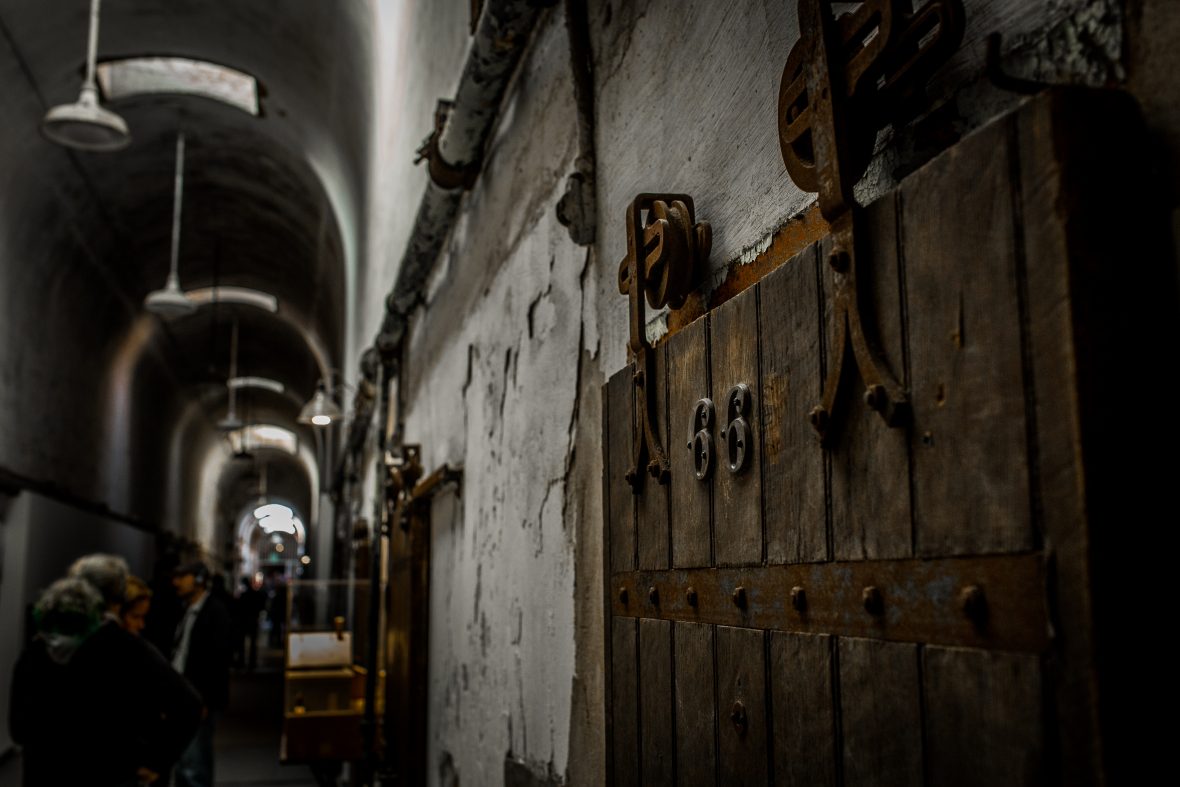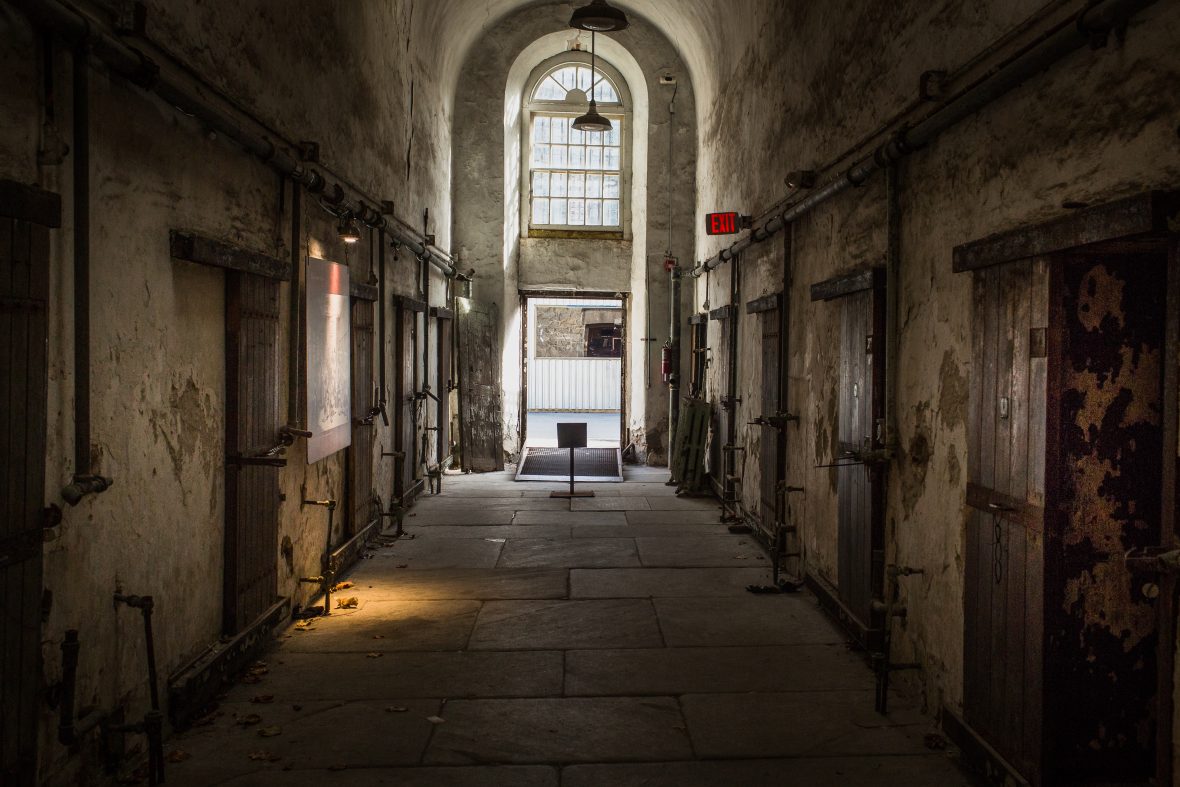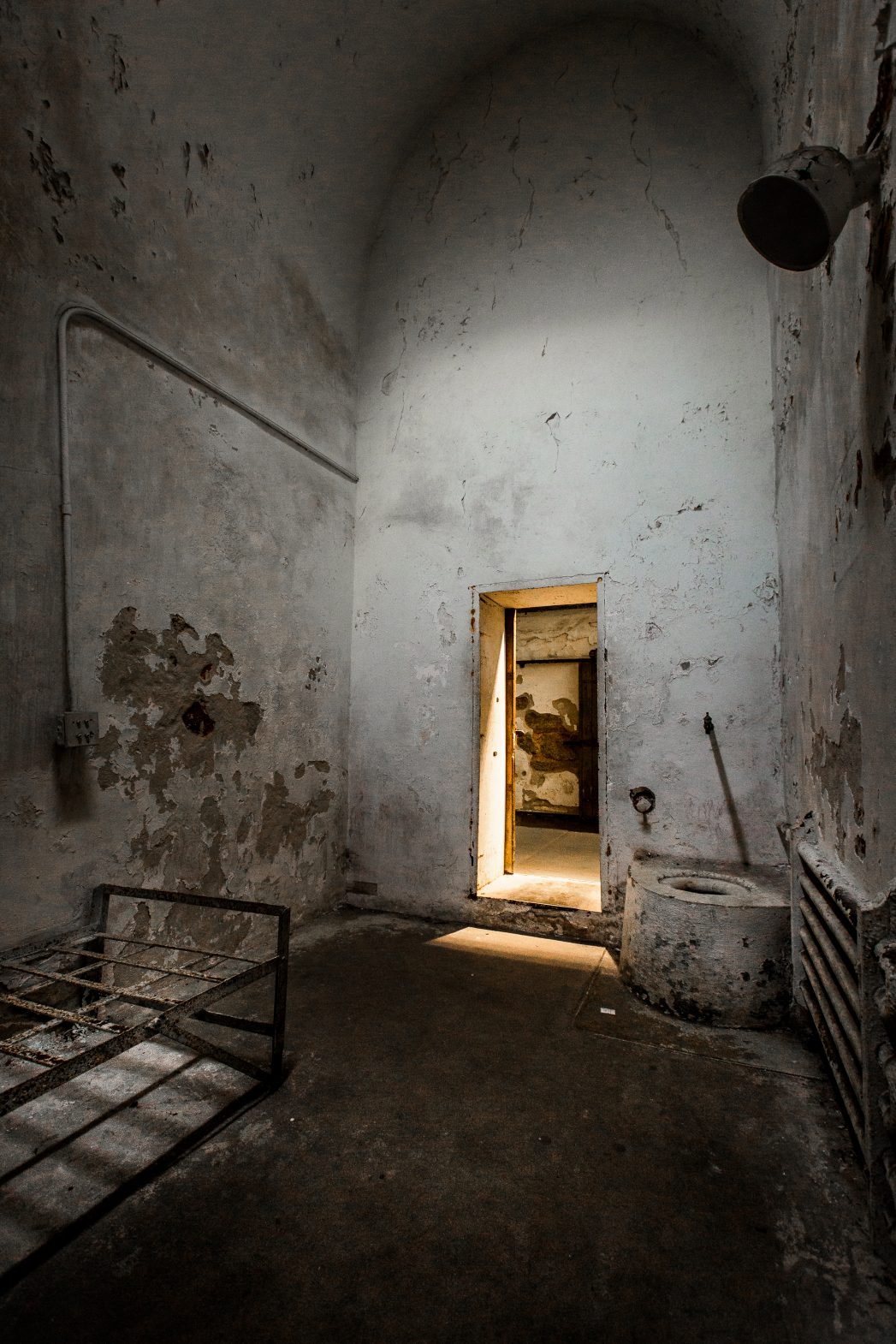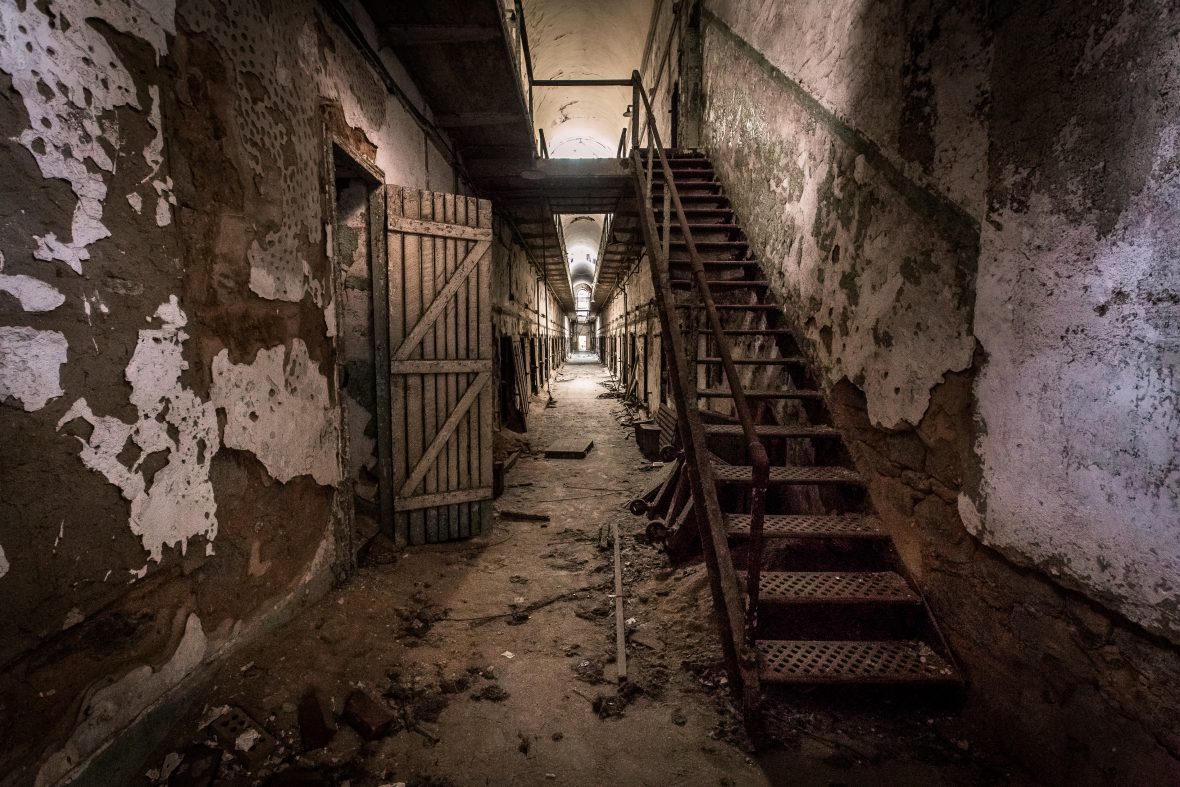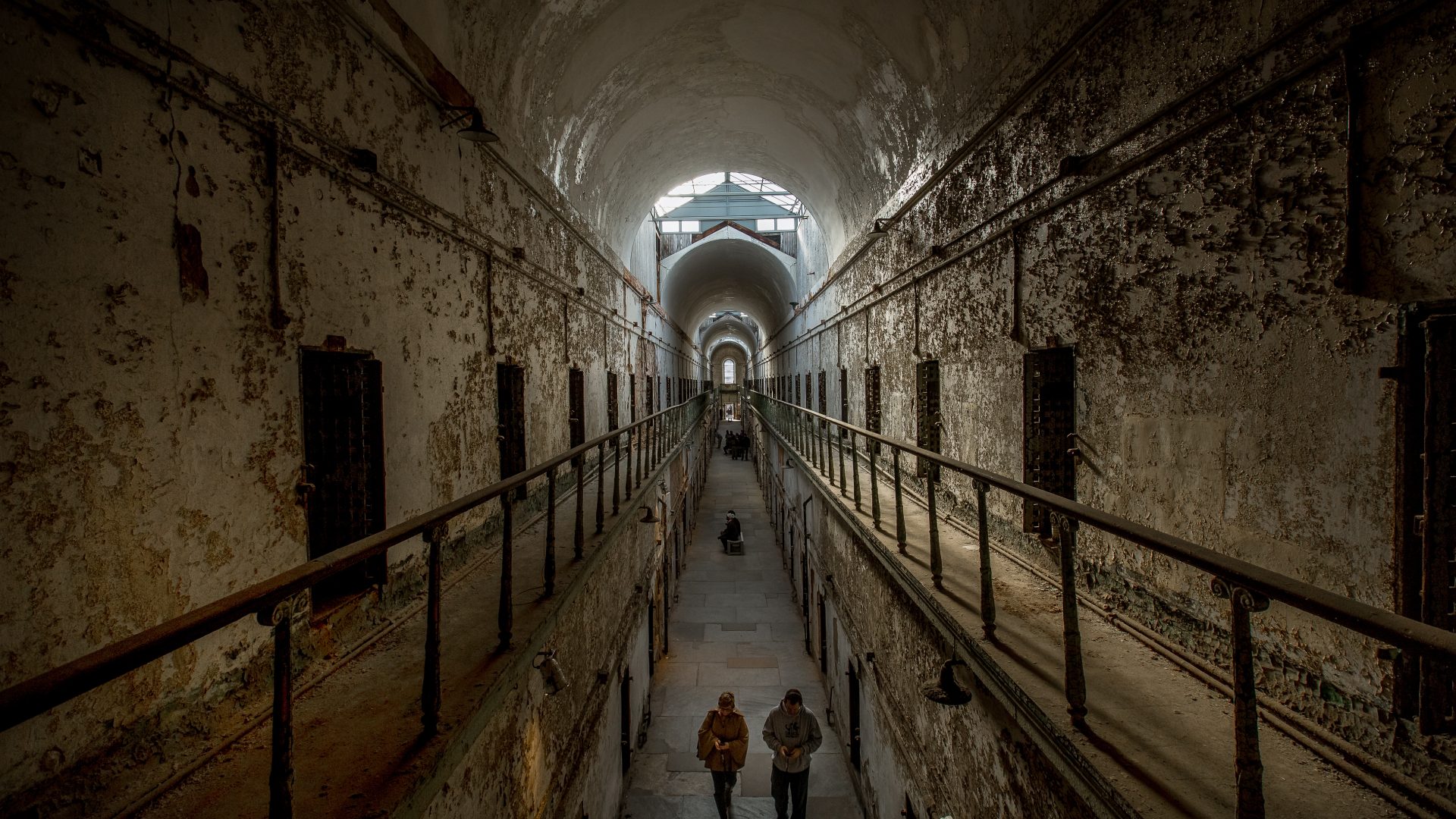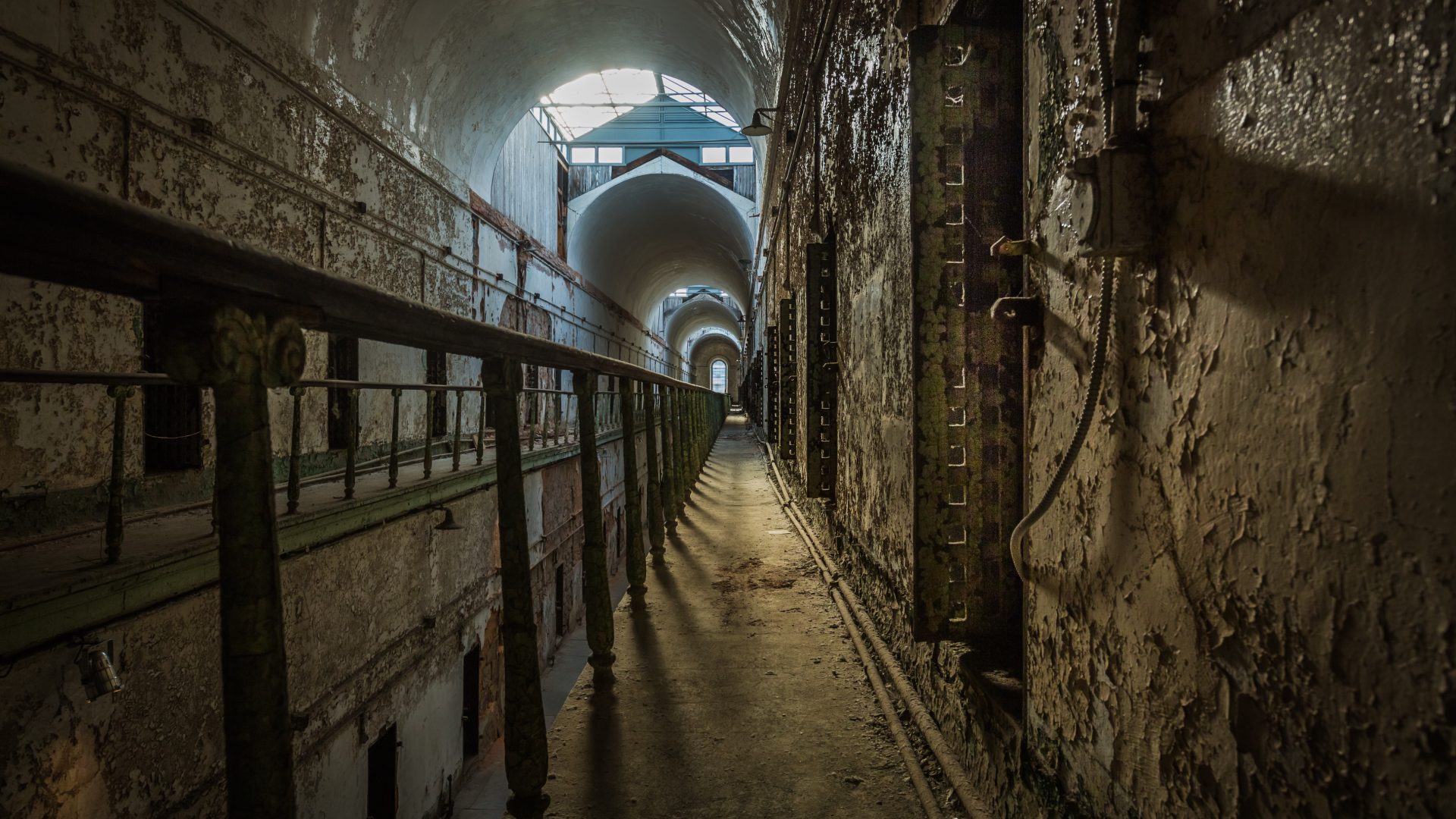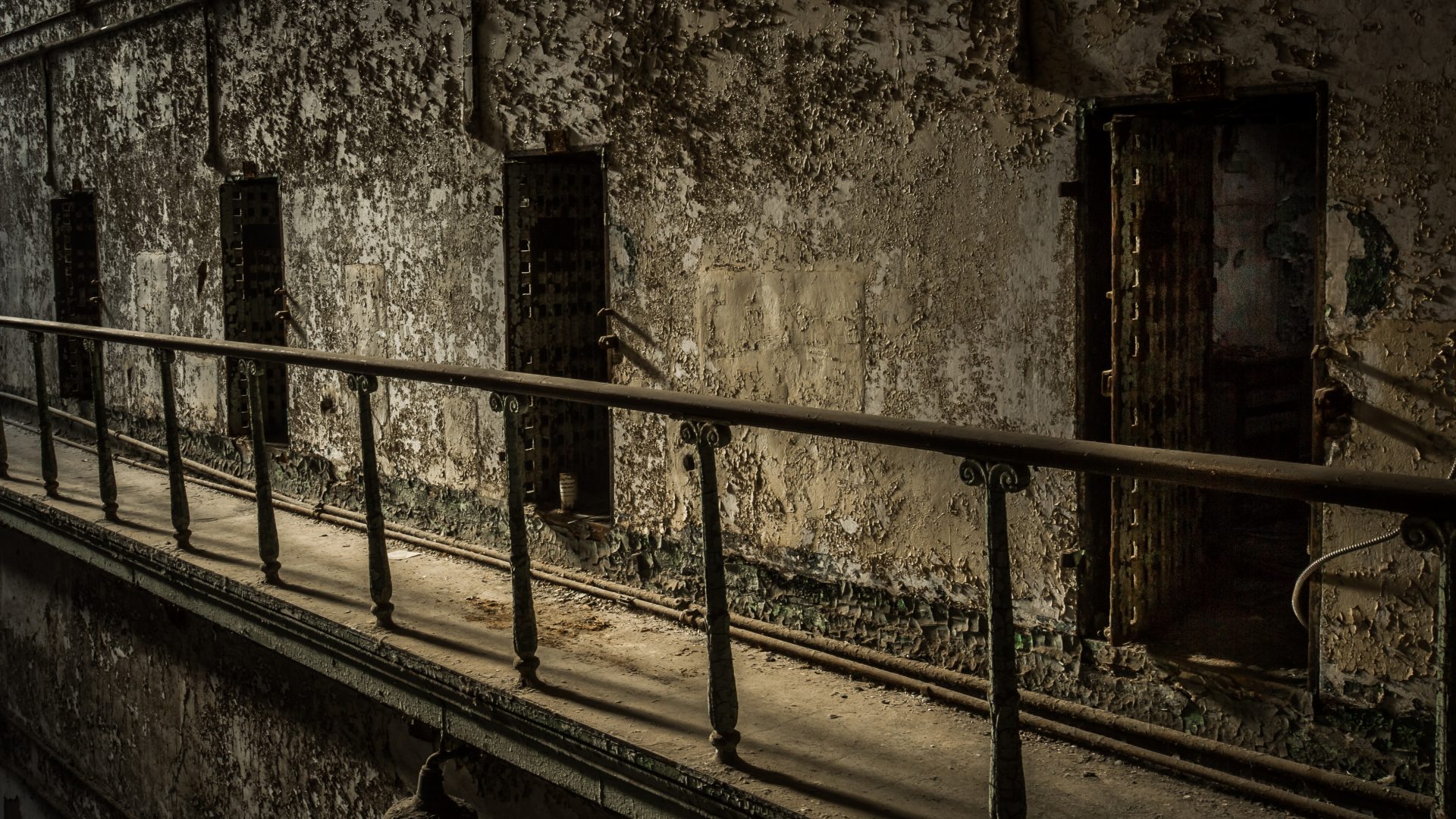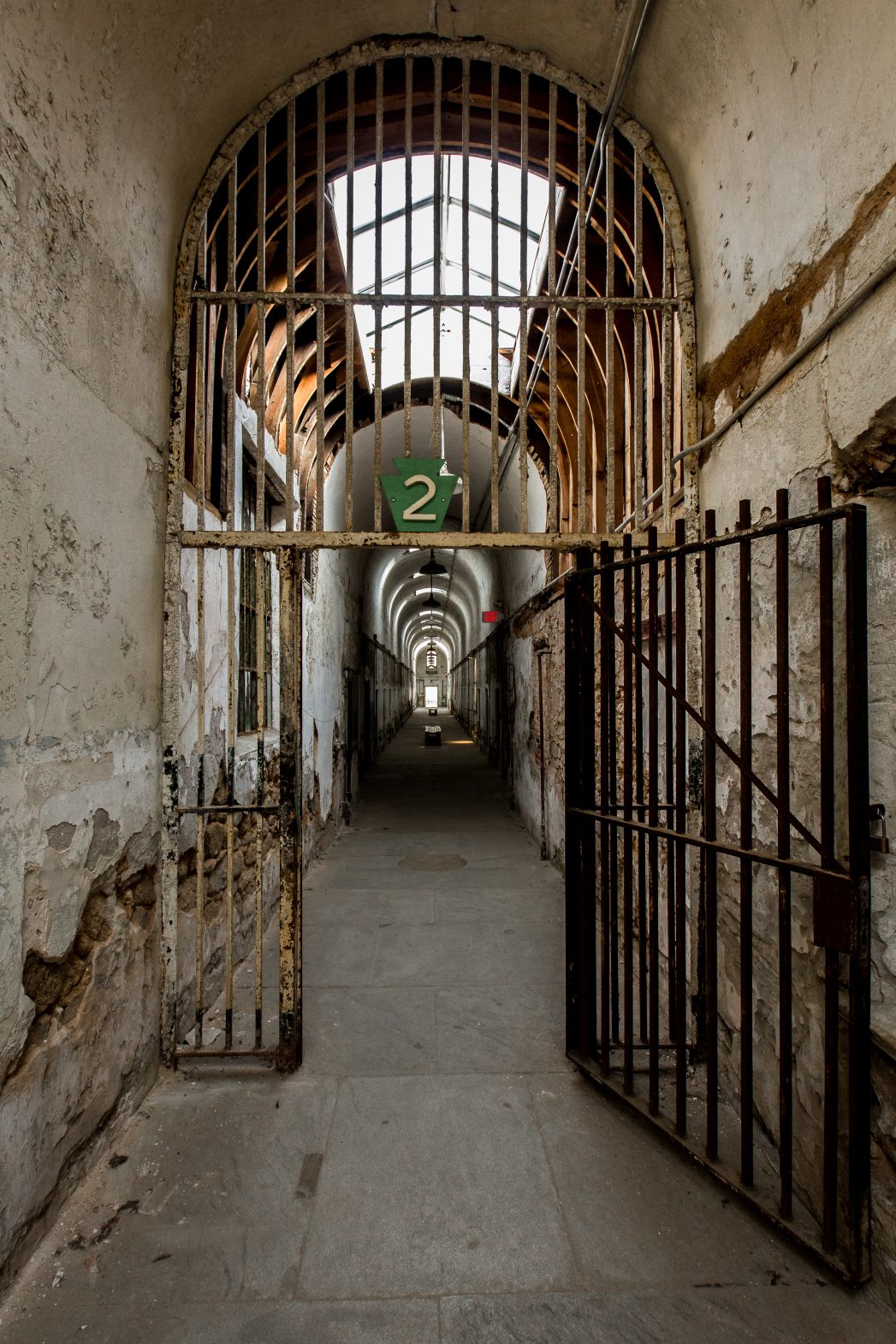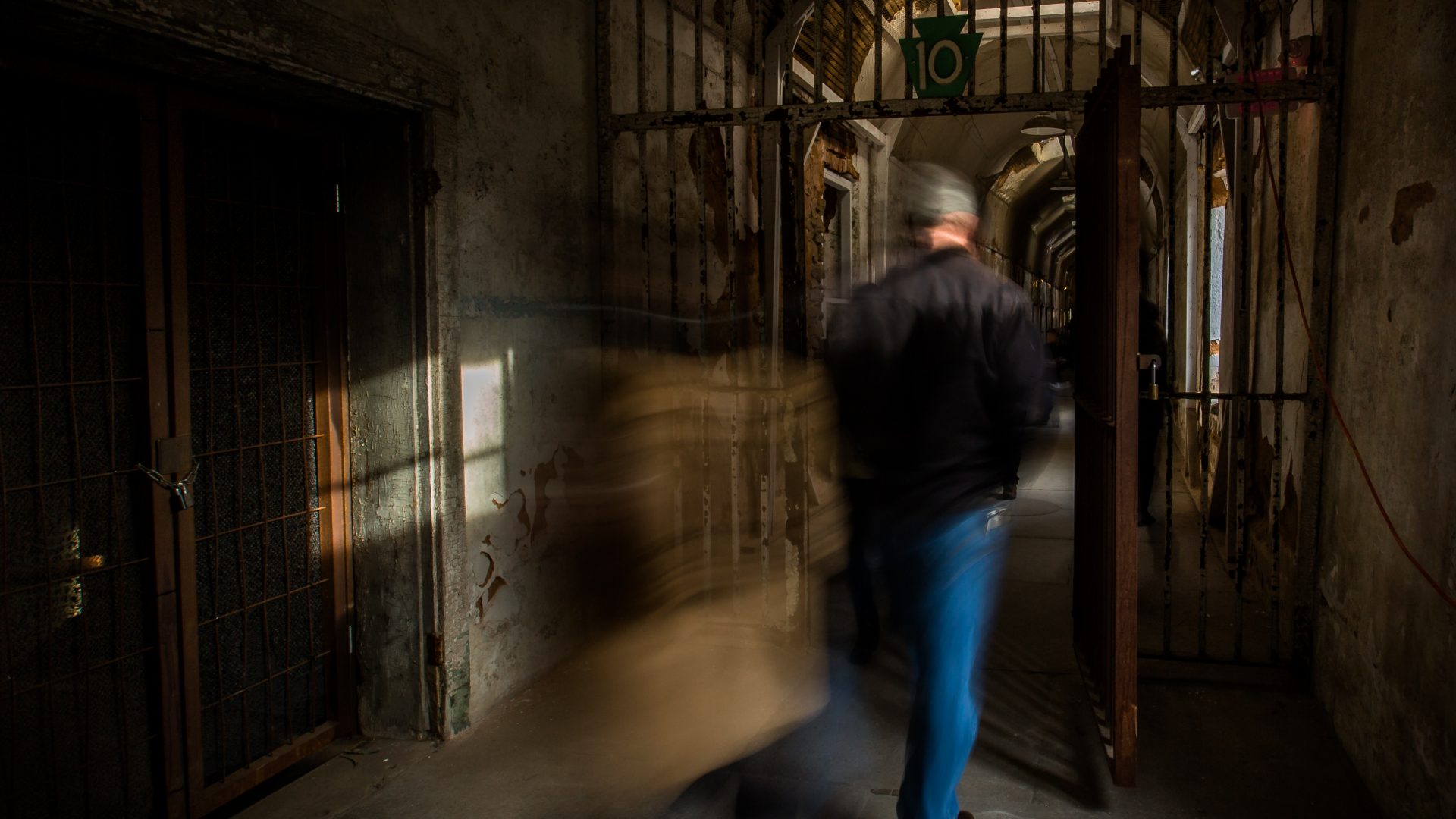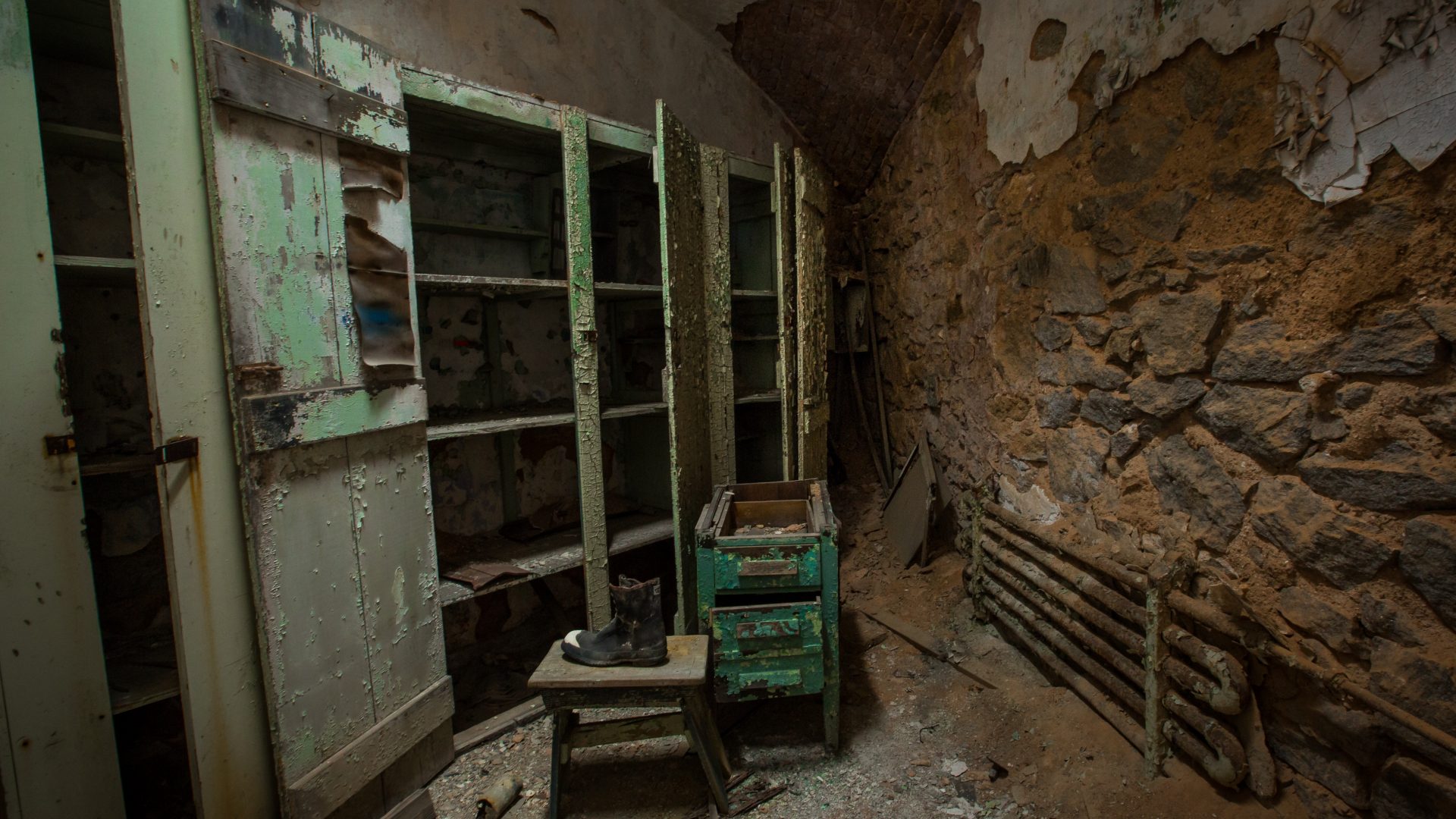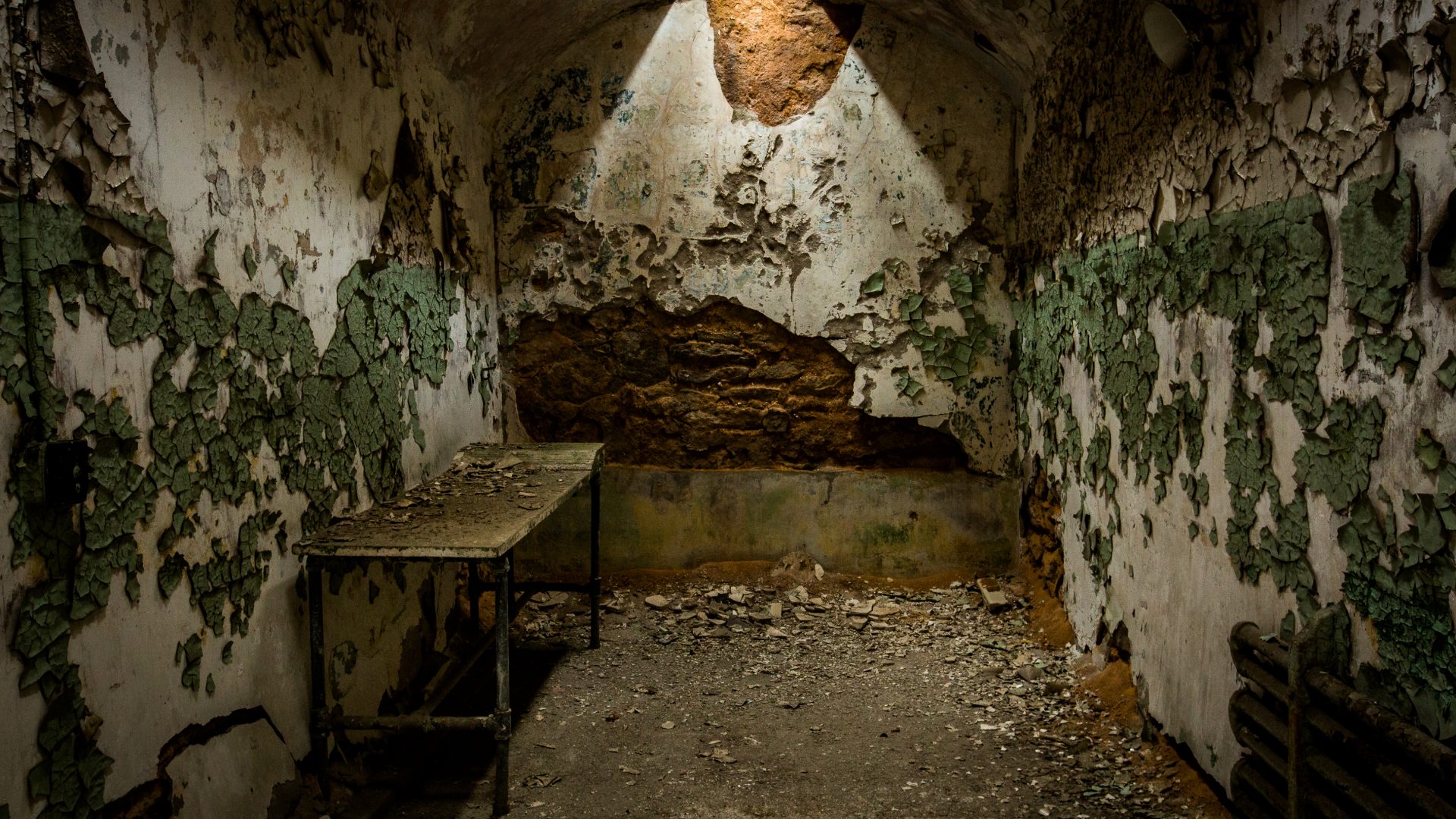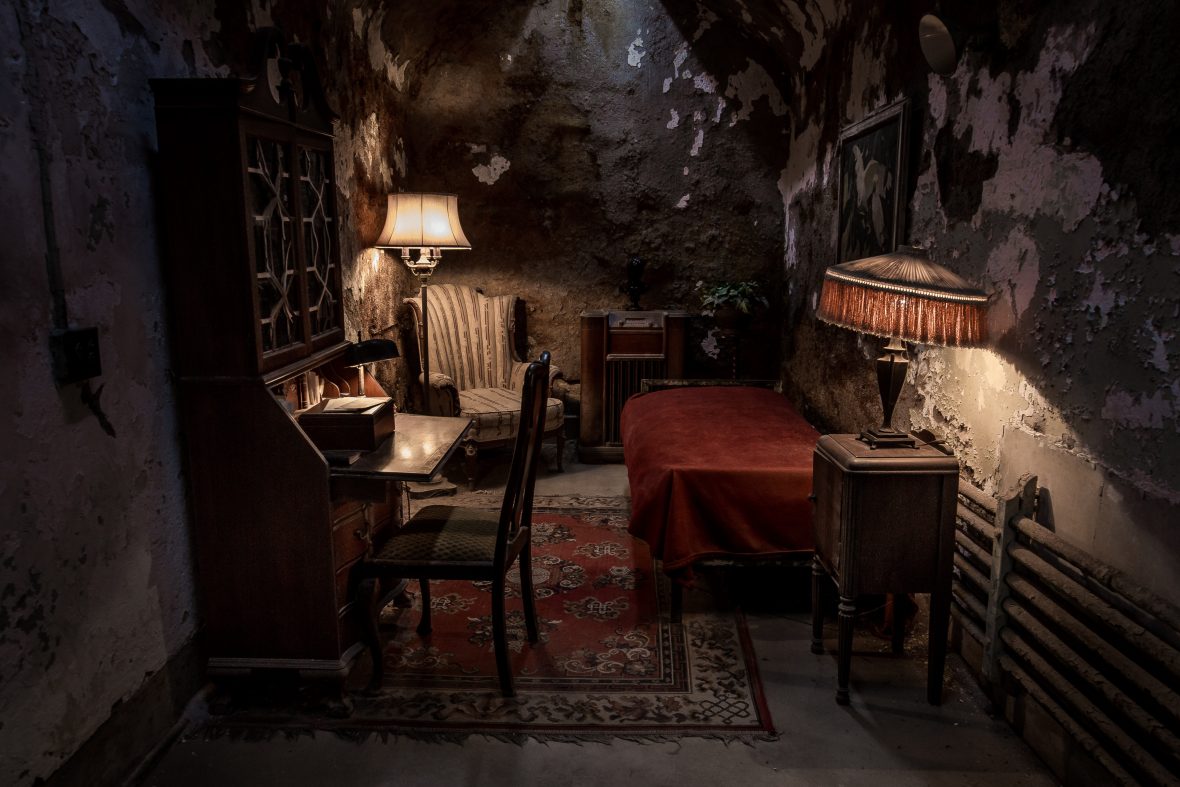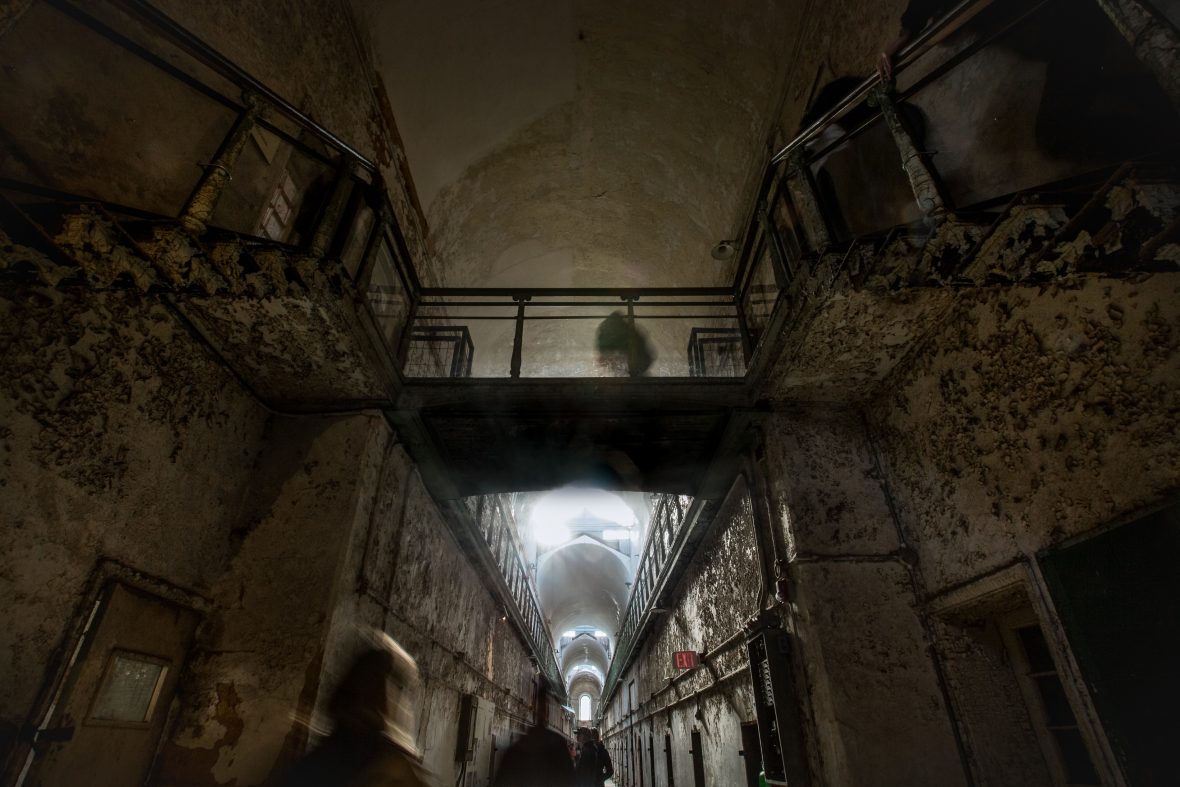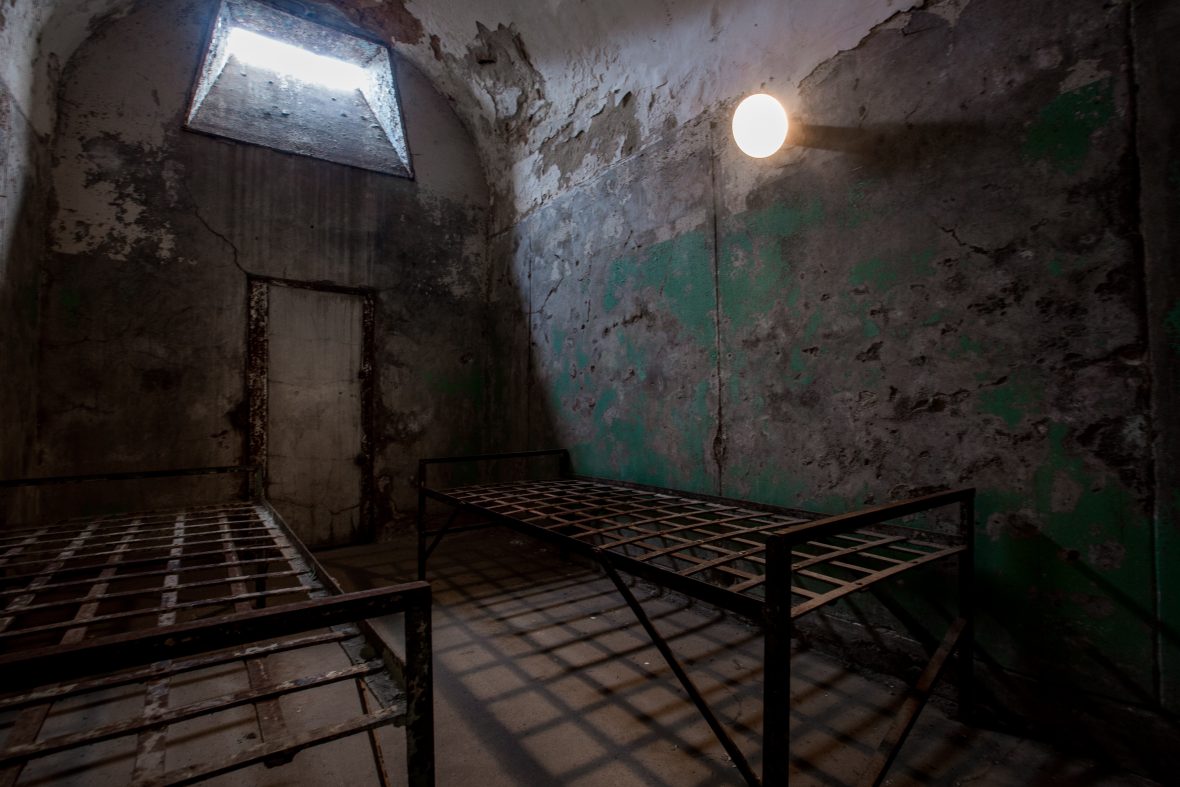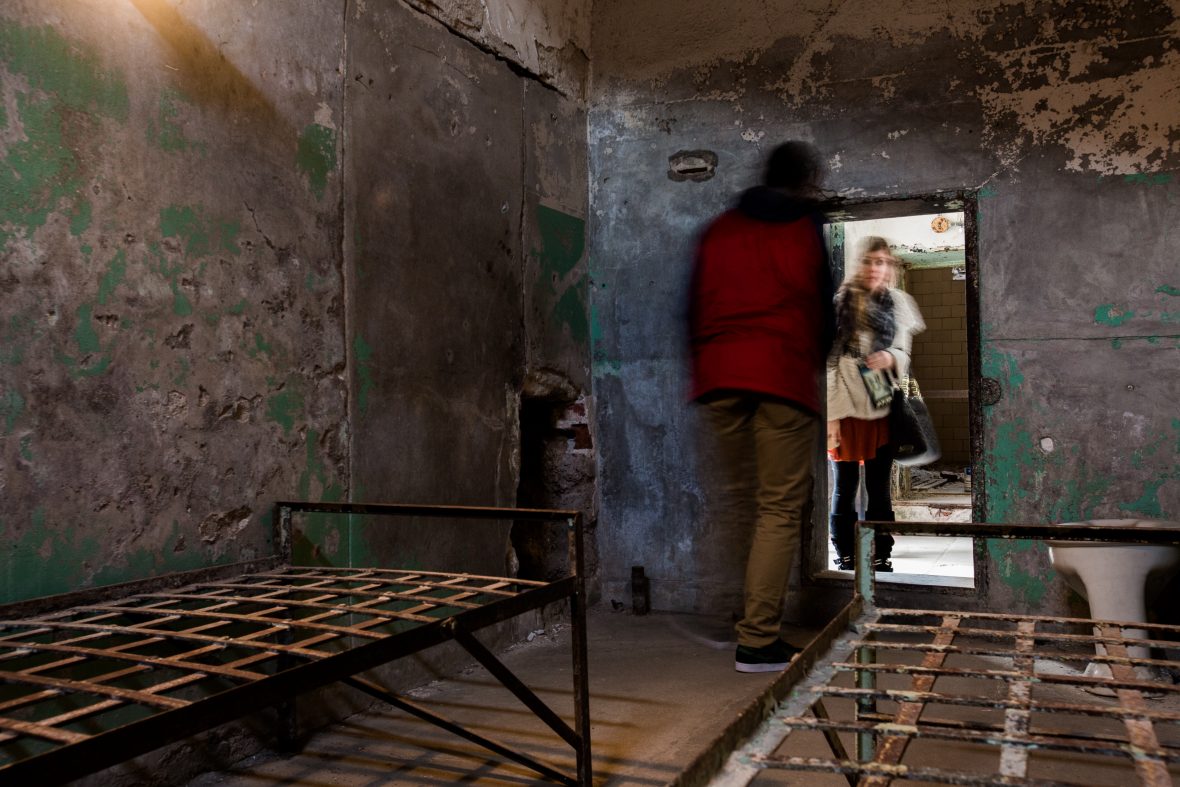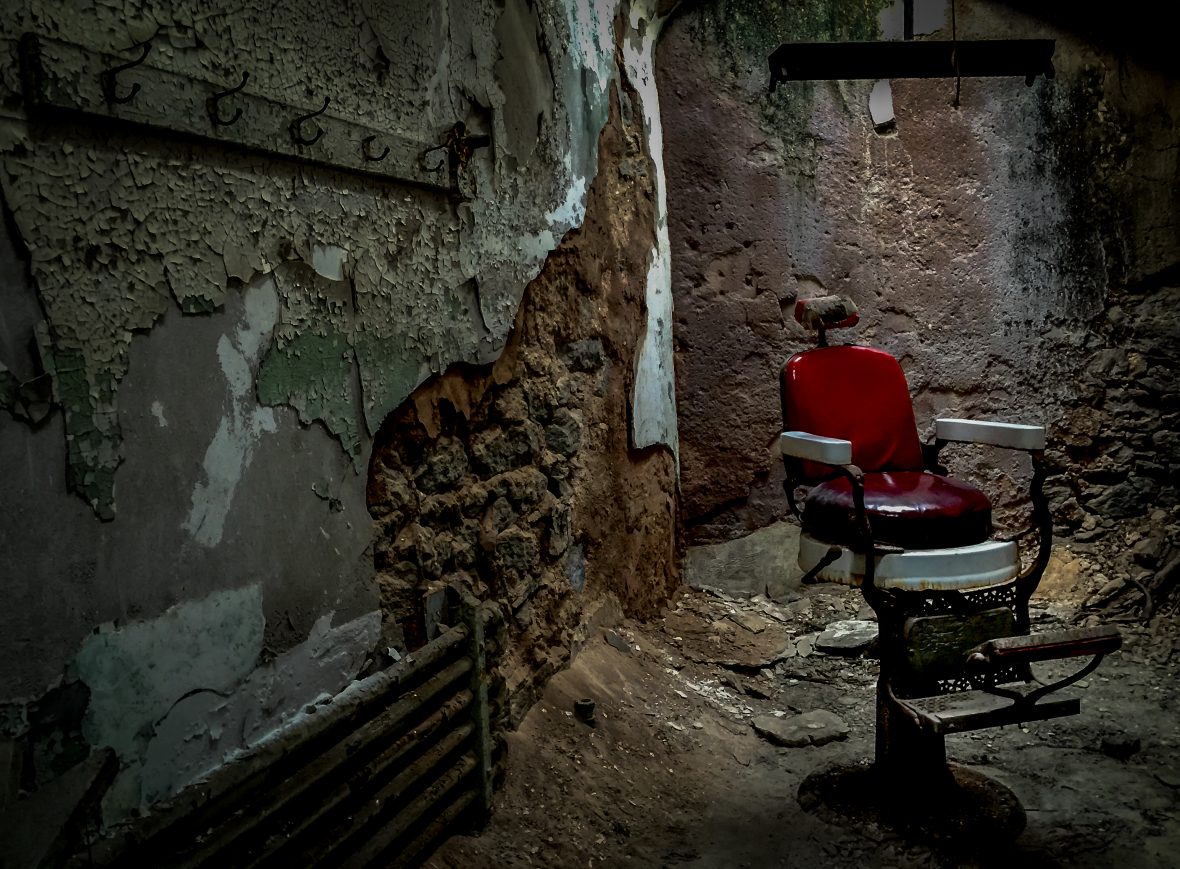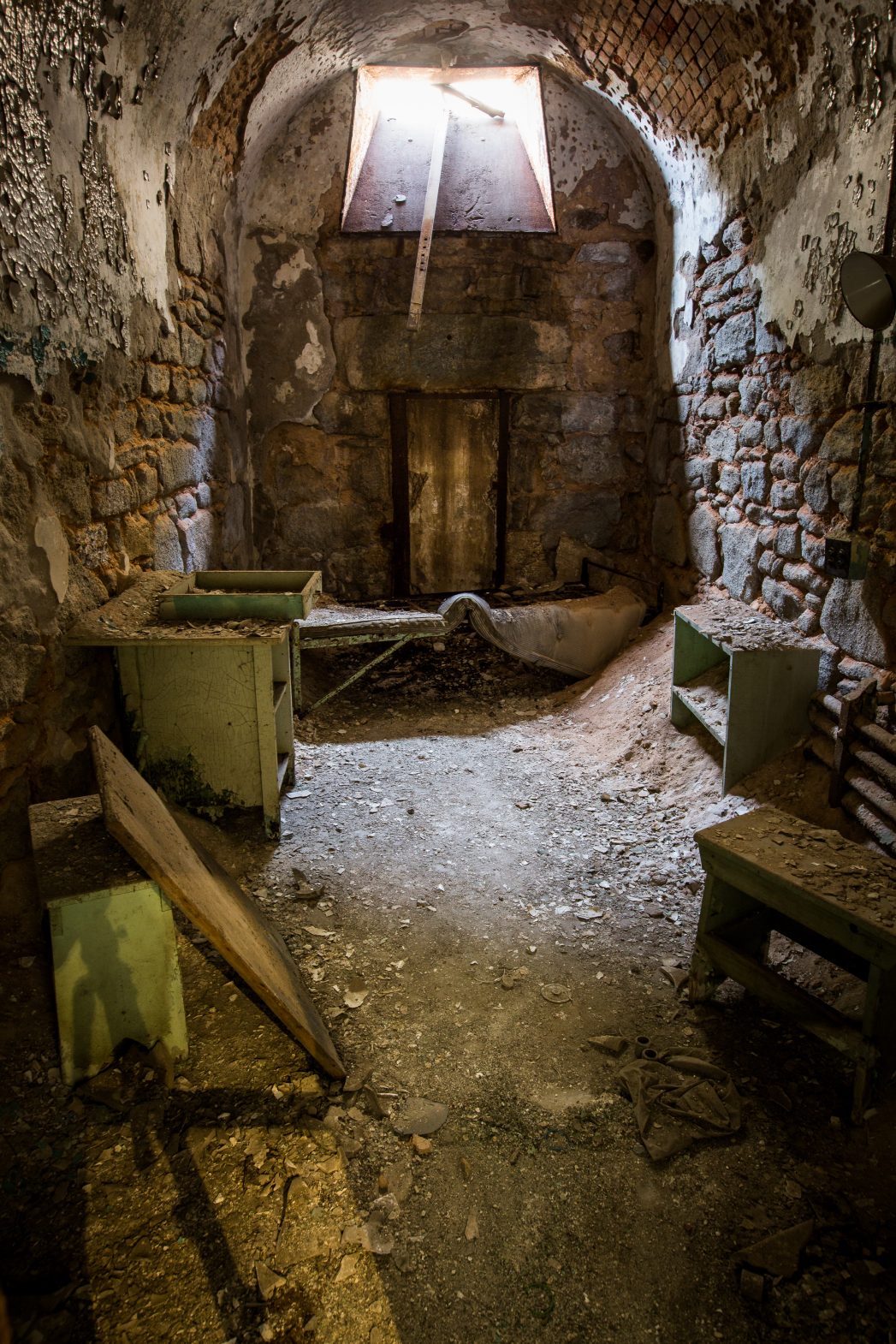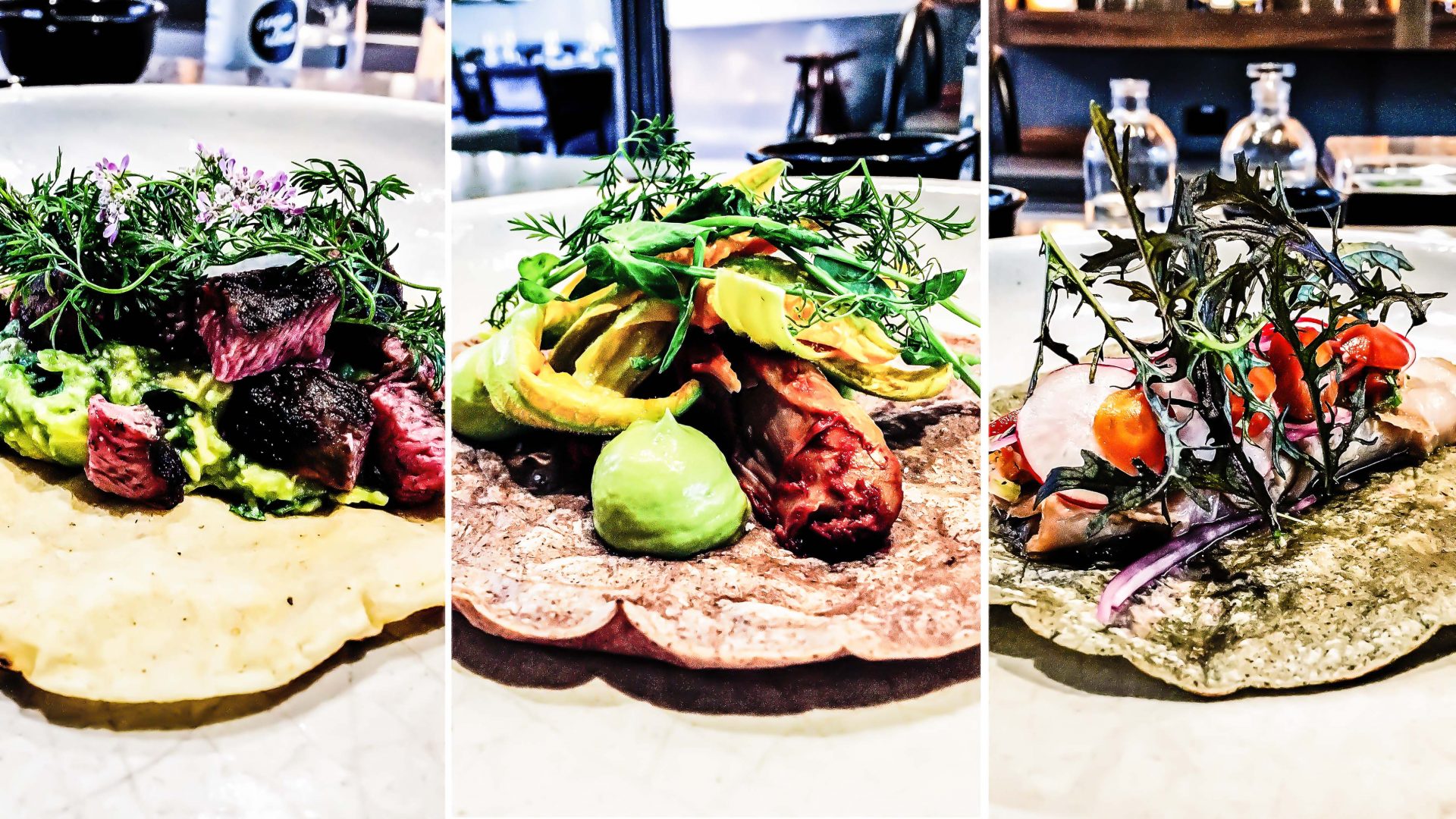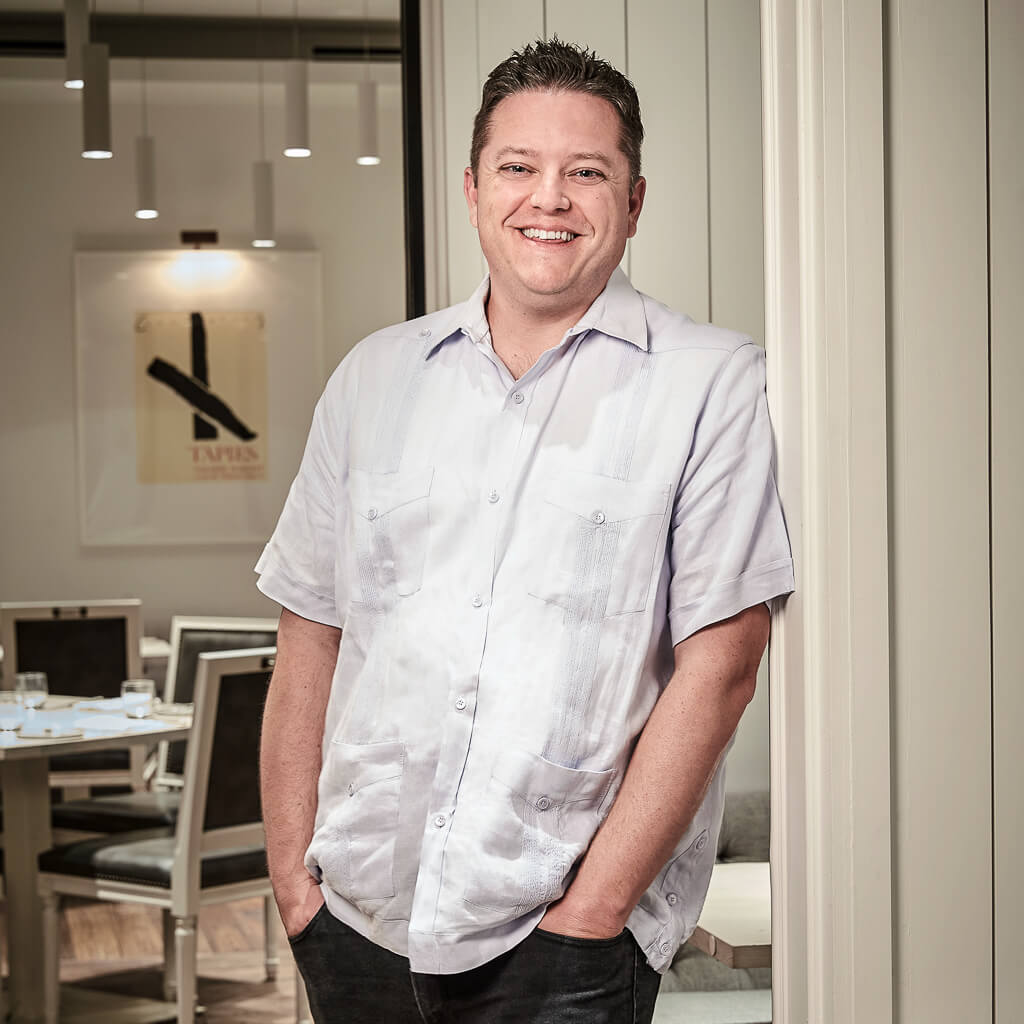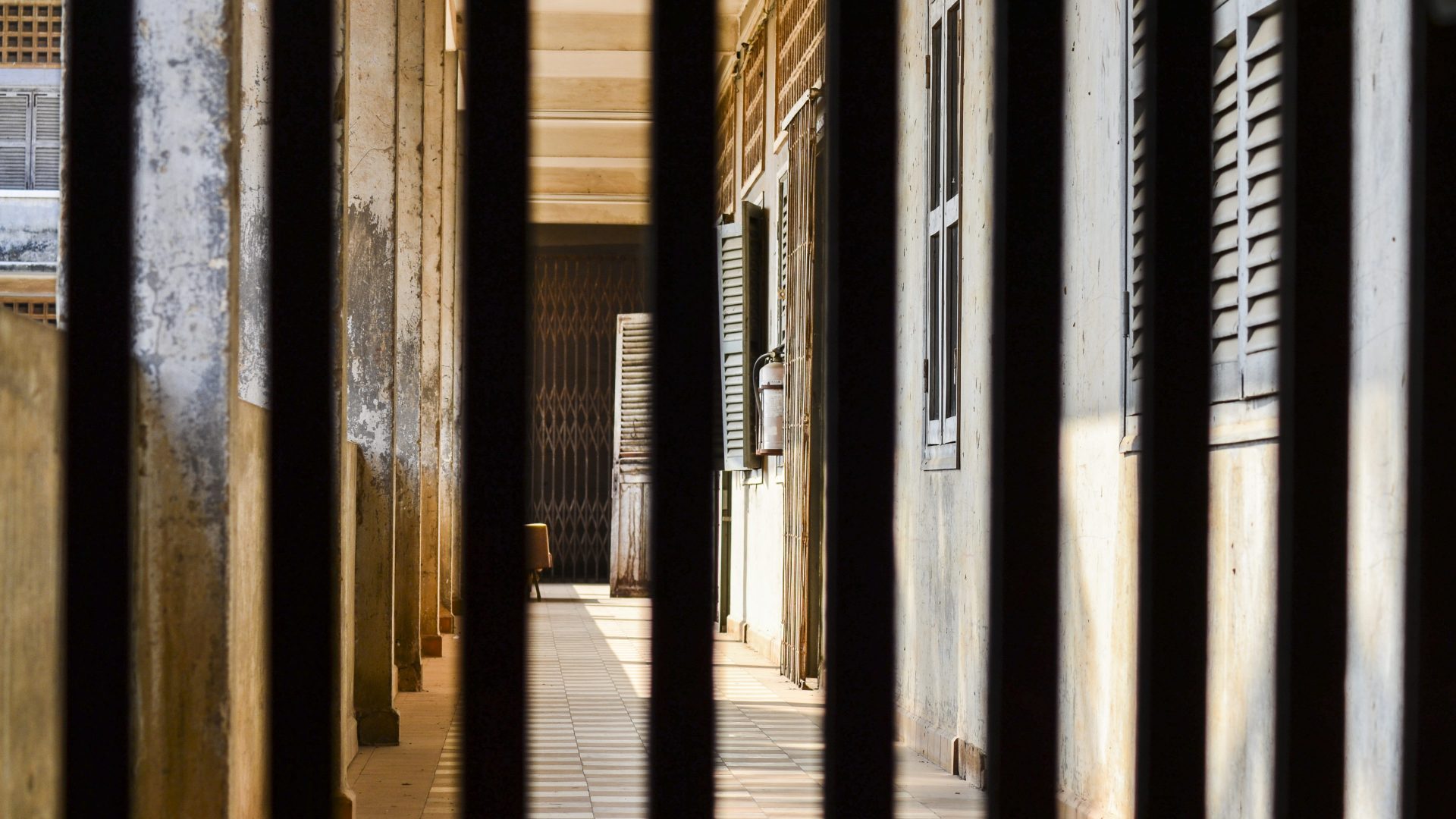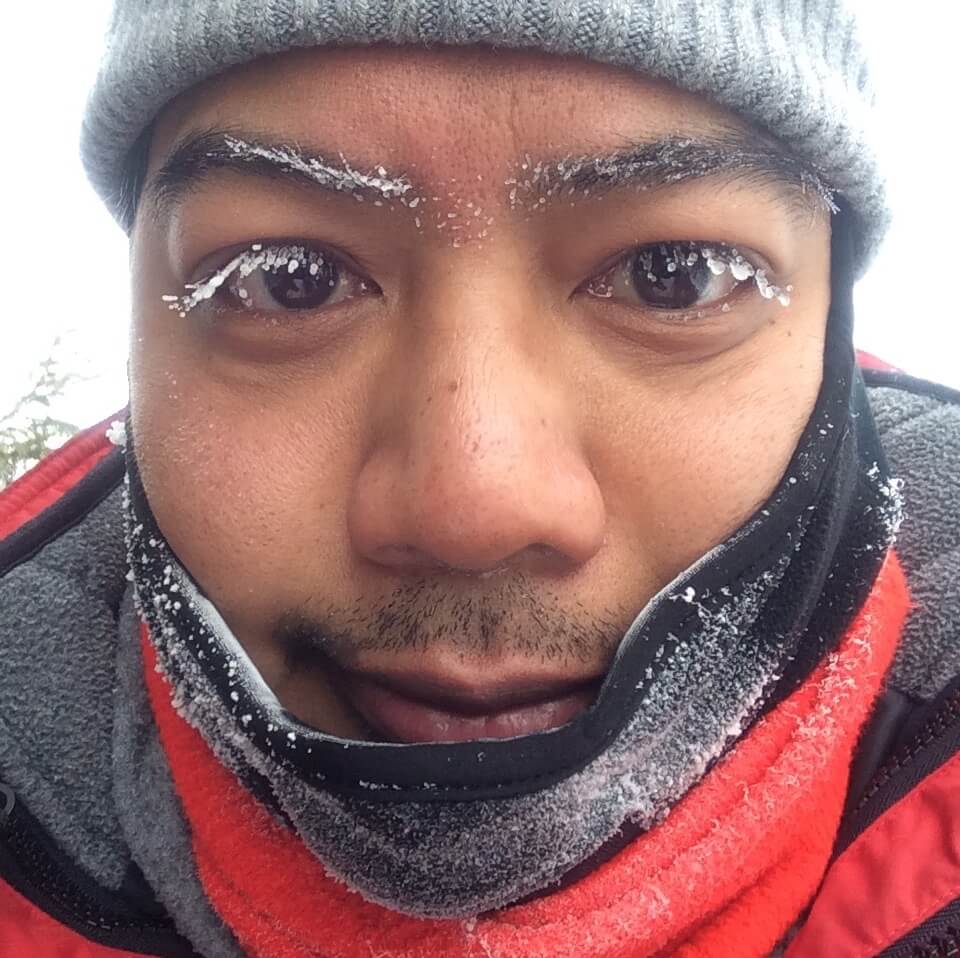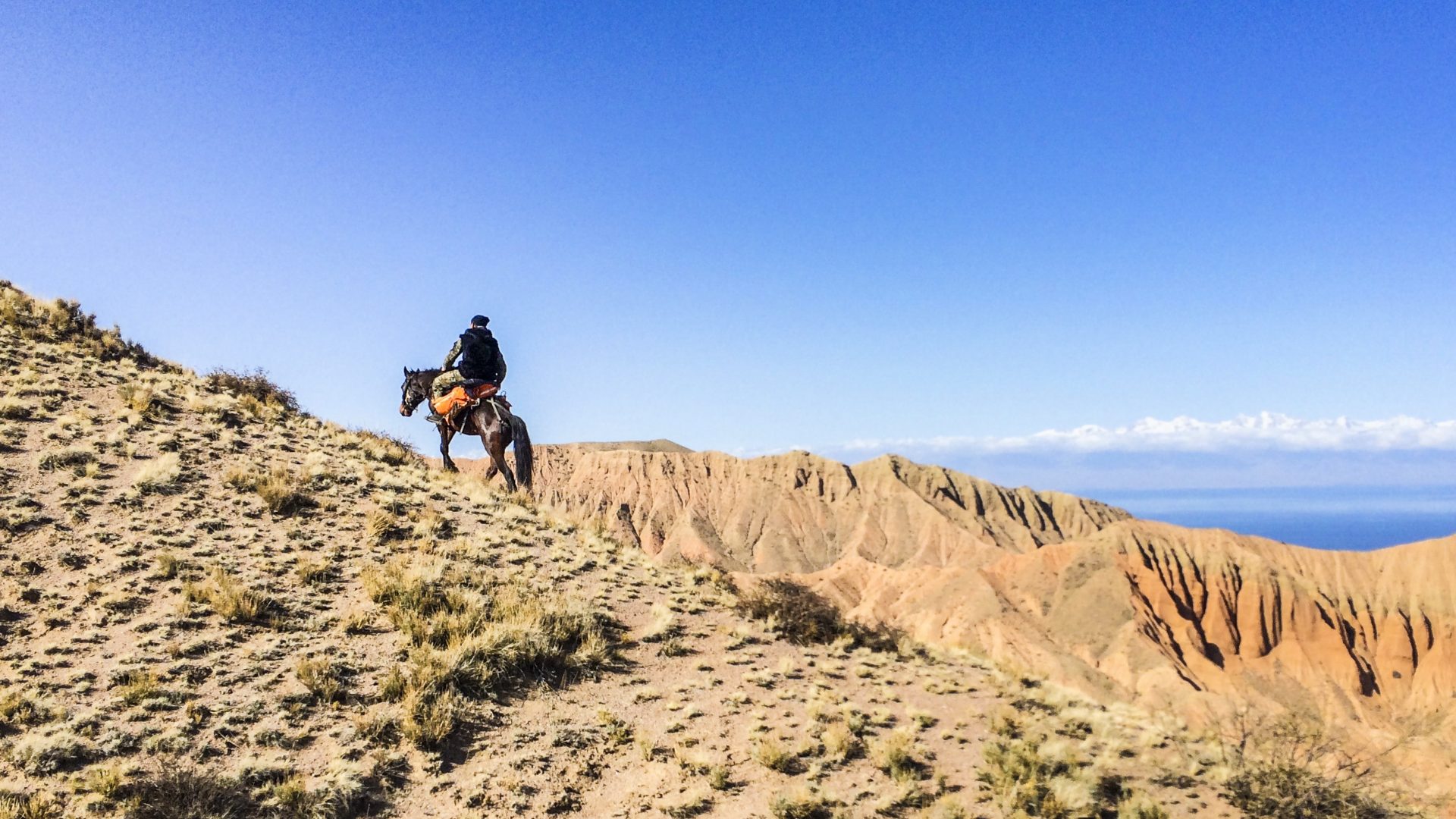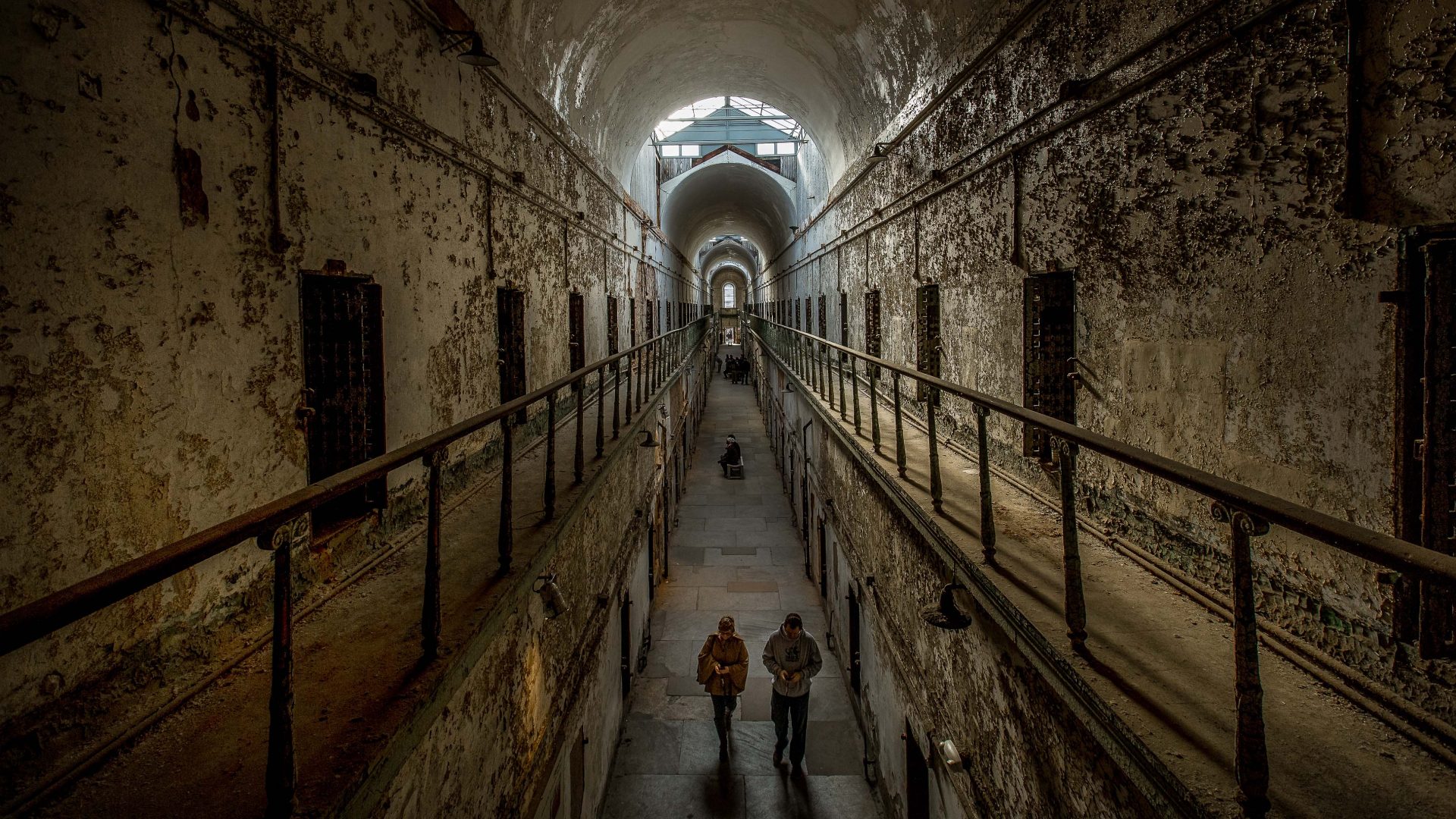
Al Capone‘s holiday home, the world’s first penitentiary, and one of America’s most (allegedly) haunted places: Philadelphia’s Eastern State Penitentiary is as infamous as its former residents and current ghosts. Photographer Susan Portnoy steps into one of the world’s most notorious prisons.
When Eastern State Penitentiary (ESP) opened in Philadelphia in 1829, it was one of the first buildings in America to have central heat and running water—even the White House couldn’t say the same. Its massive stone facade resembled a castle and it had walls 20 inches thick. Prisoners were kept in strict solitary confinement, forbidden to speak to anyone but the chaplain and cellblock guards. Over the years, gangsters such as Al Capone and ‘Slick Willie’ Sutton called Eastern State home, and many of them made headlines trying to escape.
Today, the penitentiary is a fascinating, preserved ruin; both a photographer’s dream, and a casualty of abandonment and neglect turned into historic landmark and attraction.
Not to mention…people swear it’s haunted.


